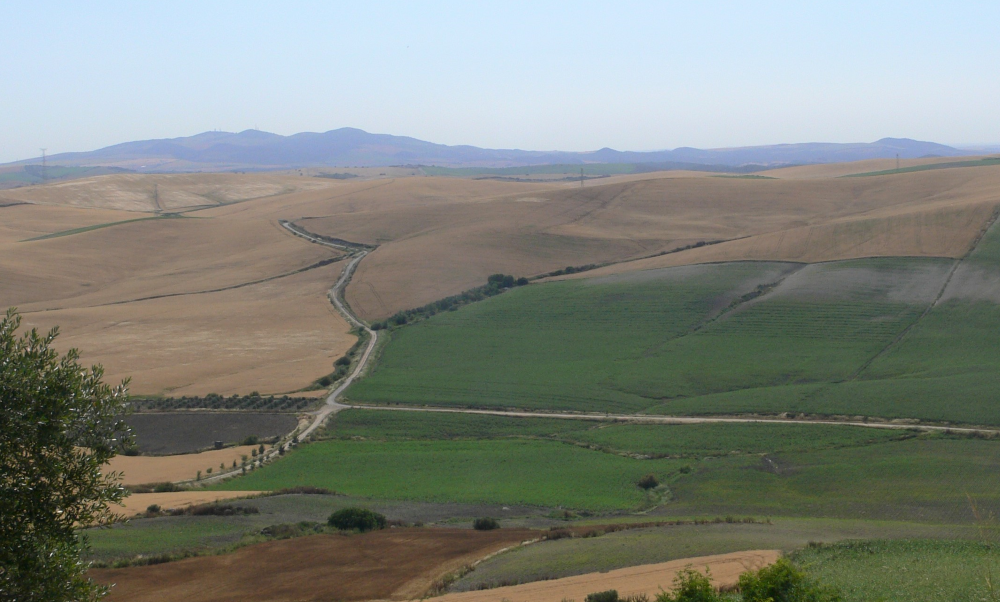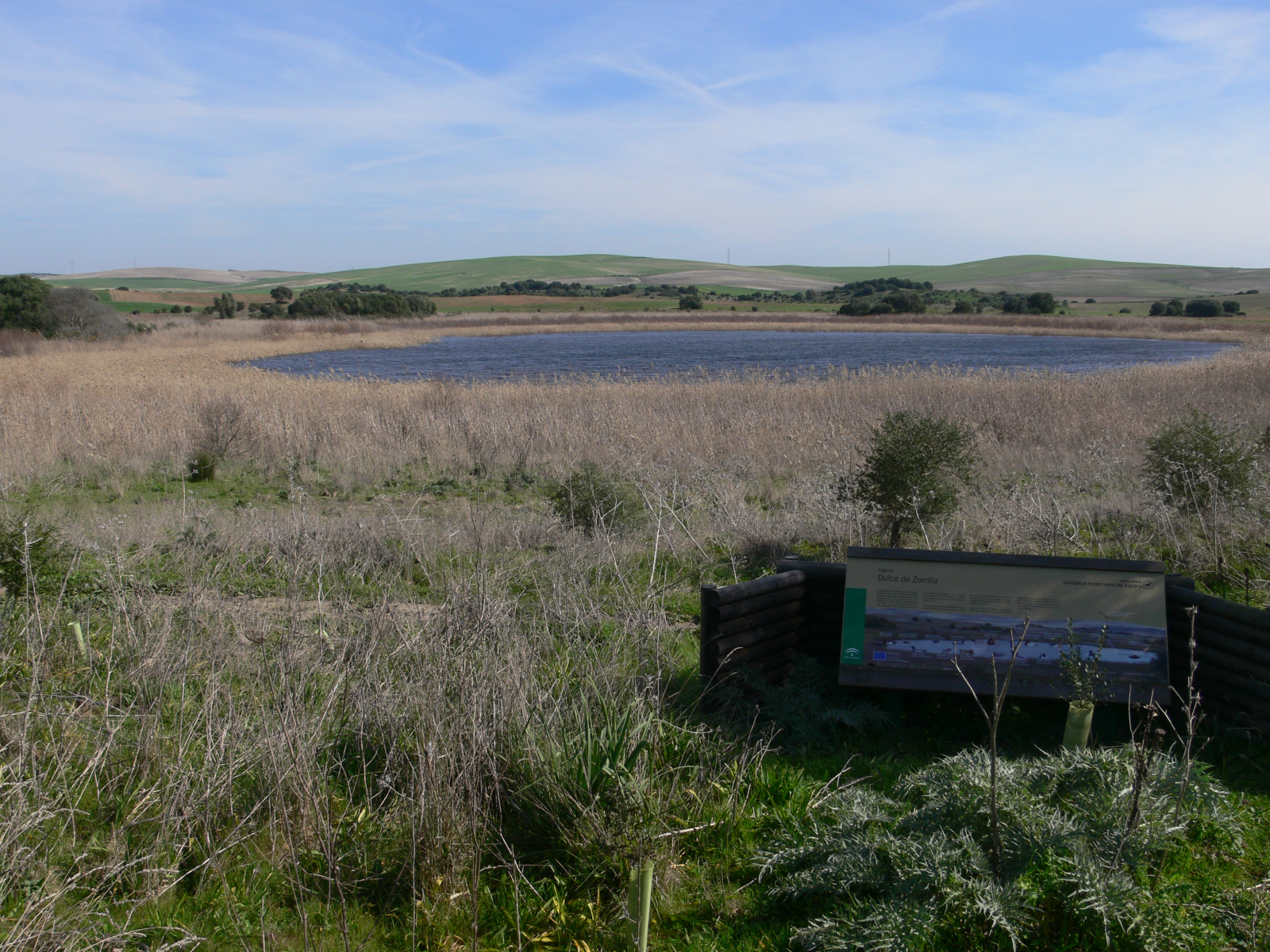Charger images
Les formats d'image autorisés sont de type jpeg, png ou gif
La taille maximale du fichier doit être de 20MB


Lagunas de Espera are a trio of small lakes set in open countryside. They are particularly well-known for Foulque caronculée and Érismature à tête blanche.
Access to the lagunas takes you across several kilometres of a mixture of farmland and scrub where Perdrix rouge, Cochevis huppé, Alouette calandre and other small passerines abound. This, in turn, attracts birds of prey such as Aigle botté, Circaète Jean-le-Blanc and Busard cendré in summer and during passage/winter Busard Saint-Martin, juvenile Aigle de Bonelli and occasionally Aigle ibérique.
After c5km from Espera you reach the first laguna - Laguna Hondilla - which is viewable from the track. This laguna, though, is choked with willow scrub and of the three the least productive laguna for birds although it usually holds the odd Érismature à tête blanche and has had Foulque caronculée . Roughly 500m further on the largest laguna - Laguna Salada de la Zorrilla - comes into view on the left (as you come from Espera). A footpath takes you along the edge of the laguna but viewing is difficult thanks to a screen of bushes and reeds. A hide on the left after c300m gives a better view but you need a telescope and bushes and trees still obscure the view. Look here for Nette rousse, Érismature à tête blanche , Grèbe à cou noir, Talève sultane and Flamant rose. Sarcelle marbrée also occurs. Foulque macroule are common but picking out its rarer relative here is very tricky as views tend to be distant. Balbuzard pêcheur can be seen particularly as the local population (breeding & wintering) continues to expand. The reeds and scrub are home to a variety of warblers: Rousserolle effarvatte , Rousserolle turdoïde, Hypolaïs polyglotte , Fauvette mélanocéphale, Fauvette grisette and Cisticole des joncs.
A further c1km along the path takes you to the last laguna - Laguna Dulce de la Zorrilla - which holds all the previously mentioned species but tends to be the best for Foulque caronculée. Once again viewing can be difficult as it is well screened by tall reads and scrub. Oedicnème criard can also be found in the area.
Returning to the main track either go back along the track to Espera or continue along the track (which is usually in slightly better condition than the setion from Espera) for c4 km to a minor road (SE 6201). The latter option gives you a good chance of seeing Moineau espagnol and an outside one of Élanion blanc. It also allows you to check a second less well known site, Lagunas de Lebrija.
The route from Espera is signposted from a roundabout at the north end of the village and then from the SE 5207. However, the first 800m of this track can be rutted and waterlogged in which case follow signs through Espera to the Cementerio (or nearby Castillo de Fatetar) and drop down the join the track beyond the difficult section. (Note that the route through the village is narrow in places). Alernatively arrive in the opposite direction from the SE 6201. Parking along the track is straight forward.
Votre feedback sera transmis à l’auteur.rice de cette zone et à l’équipe éditoriale de Birdingplaces, qui l’utiliseront pour améliorer la qualité des informations. (Vous souhaitez publier un commentaire visible en bas de page ? Fermez cette fenêtre et choisissez l’Option 1 : « Publier un commentaire, un conseil ou une observation ».)
Veuillez fournir des suggestions d'améliorations ou d'ajouts au texte de ce site ornithologique.
Veuillez fournir vos suggestions d'améliorations ou d'ajouts à la carte.
Veuillez fournir des suggestions d'améliorations ou d'ajouts à la liste des oiseaux.
Cliquez sur l'icône de l'oiseau () Insérez les noms d'oiseau dans votre langue. Ils seront automatiquement traduits pour les autres usagers !